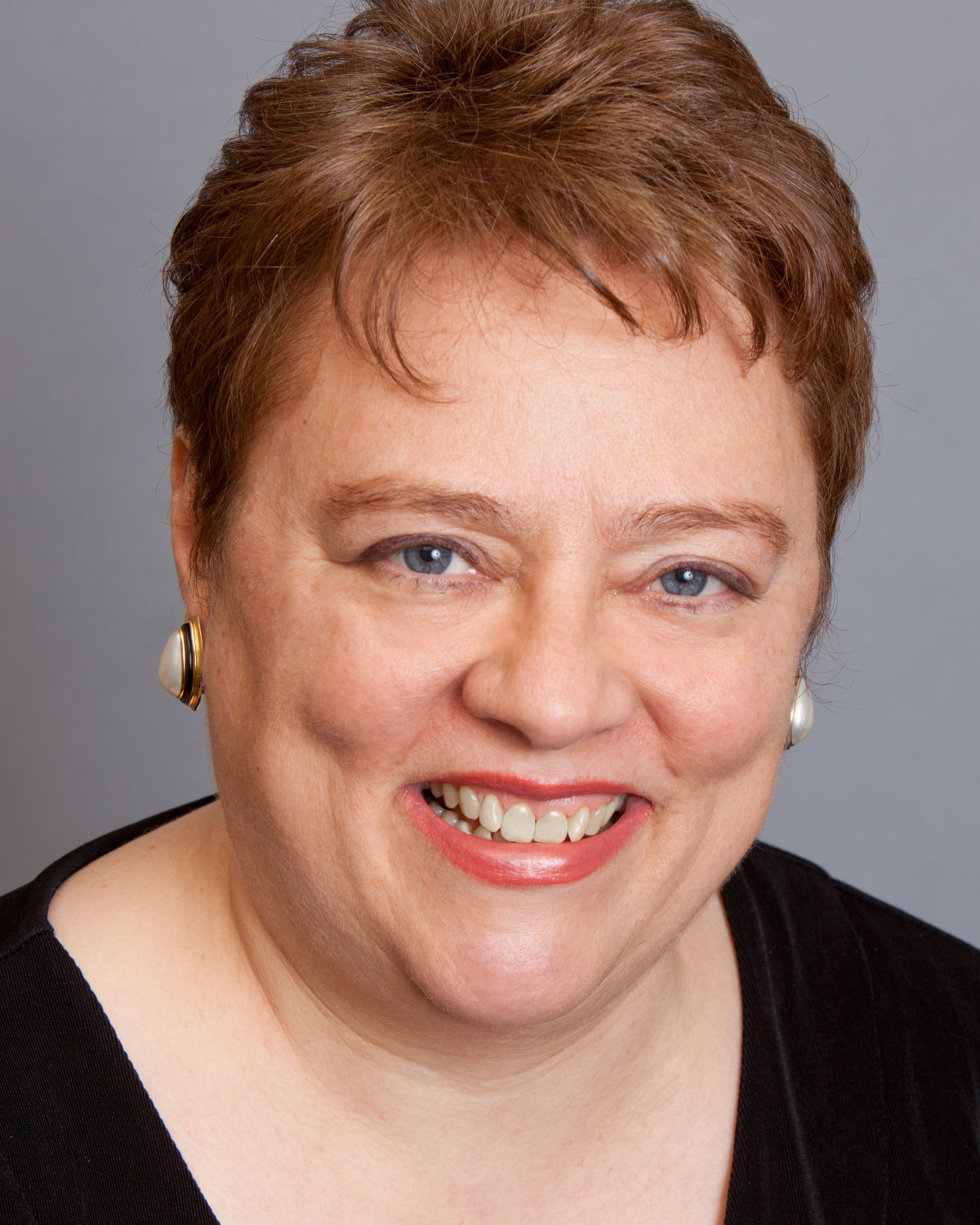I needed a dress for a family celebration — ideally, something elegant — so I was on a mission. Or a hunt, to be more precise.
But I was finding sparser pickings than if I were the 20th bear through a Maine blueberry patch.
“Where are the things in my size?” I wailed at the saleswoman. “This rack stops at Size 10. Why did you even send me over here?”
“Here. And here,” she said, curtly, pointing me to a few sad-looking items at the very end of the 6-foot-long rack.
“But this is only half a dress! The label clearly says it’s supposed to be two pieces, and there’s only one on the hanger. Where is the other half?”
“What you see is what you get,” she snapped.
No. What I see — and what I get— are the fashion industry’s profound disregard for whether anybody my size ever finds what we are looking for, at all.
I gave up on most of the department stores a long time ago, and started shopping in places like Liz Claiborne’s “Elizabeth” boutique.
It wasn’t cheap, but I could at least respect myself wearing the things I found there.
Then one day I walked in, only to find that everything in the store had suddenly sprouted horizontal stripes.
Horizontal stripes! In a store that was exclusively filled with what they are pleased to call “Plus size” clothing!
“I ask you,” I ranted at my husband over dinner that night, “How much of a genius do you have to be, to know that horizontal stripes are a bad idea for your ‘plus size’ clientele?”
He paused, to phrase his next thought carefully. “You don’t suppose it was their subtle way of suggesting that you belonged in those giant bee costumes with John Belushi and the ‘Not Ready for Prime Time Players’?”
“Not funny,” I replied. “But in a way, you make my point. Don’t the designers want my money? I’d sure spend it, if there was anything in the store worth buying!”
And don’t tell me to shop from a catalog, or on line. That only reminds me of the woman who bought a dining table and chairs online, and cleared her dining room for delivery, only to find that when they finally arrived, they all fit in one shoe box. They were for a doll house, something that was not clear from the online photo.
I am sure something similar would happen to me:
“Hello, Fashion Assistance? I just opened the clothing box you sent me and I have a question for you: What is this? Where’s the rest of it?…”
“…That’s the whole thing? Well, how am I supposed to get into it?…”
“…Try it over my head? Let me see — okay, now I have another problem. It doesn’t fit! It’s stuck over my eyes like a pirate’s eye patch! I can’t get it off. Will you refund it if I have to take a scissors to it, to get it off? Well, it’s not my fault you didn’t see the ‘1’ in Size 16!”
Here’s my question. Apparently, the true “average” size for women, in America, falls somewhere between a 16 and an 18. An 18! And yet most regular clothing racks I’ve seen end at 12…14 at the most. There just aren’t many options after that.
It reminds me of NPR’s Garrison Keillor.
He always described his fictional hometown of Lake Wobegon as a place where “all the children are above average.”
Well, apparently American fashion is just like that, but in reverse: the only women they care about are below average. (In size, that is.)
And by neglecting half of America’s women, clothing designers are leaving an awful lot of money on the table — more than $20 Billion dollars, according to some analysts.
“And I thank God for that, every day,” says my husband. “Especially if it means you’re leaving more of our money in our bank account.”
Which I do, of course.
For at least half an hour… until I flounce down the street and take our money to the jewelry store, instead.
Earrings will always fit, and they’re always in fashion!
A Look On The Lighter Side: When it’s a case of fit versus fashion

By Judy Epstein


